Edmontosaurus
Name Origin
Lizard from Edmonton
Family
Hadrosauridae
Classification
Diapsida, Ornithischia, Ornithopoda
Habitat (Discovery Location)
United States, Canada
Period
Approximately 73 to 66 million years ago (Late Cretaceous)
Length
Approximately 13 meters
Weight
Approximately 3 tons
Diet
Herbivore (Plant-eater)
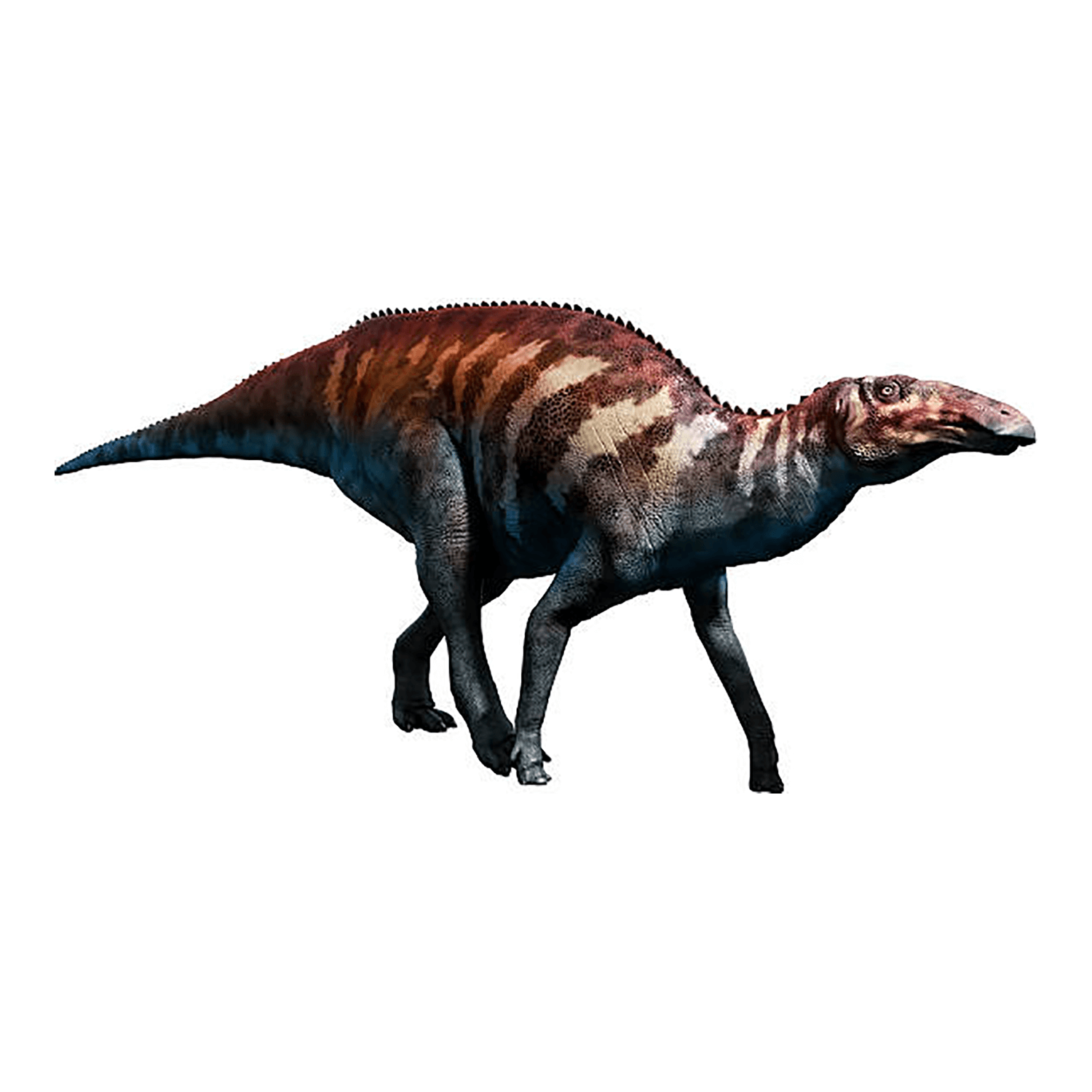
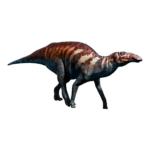
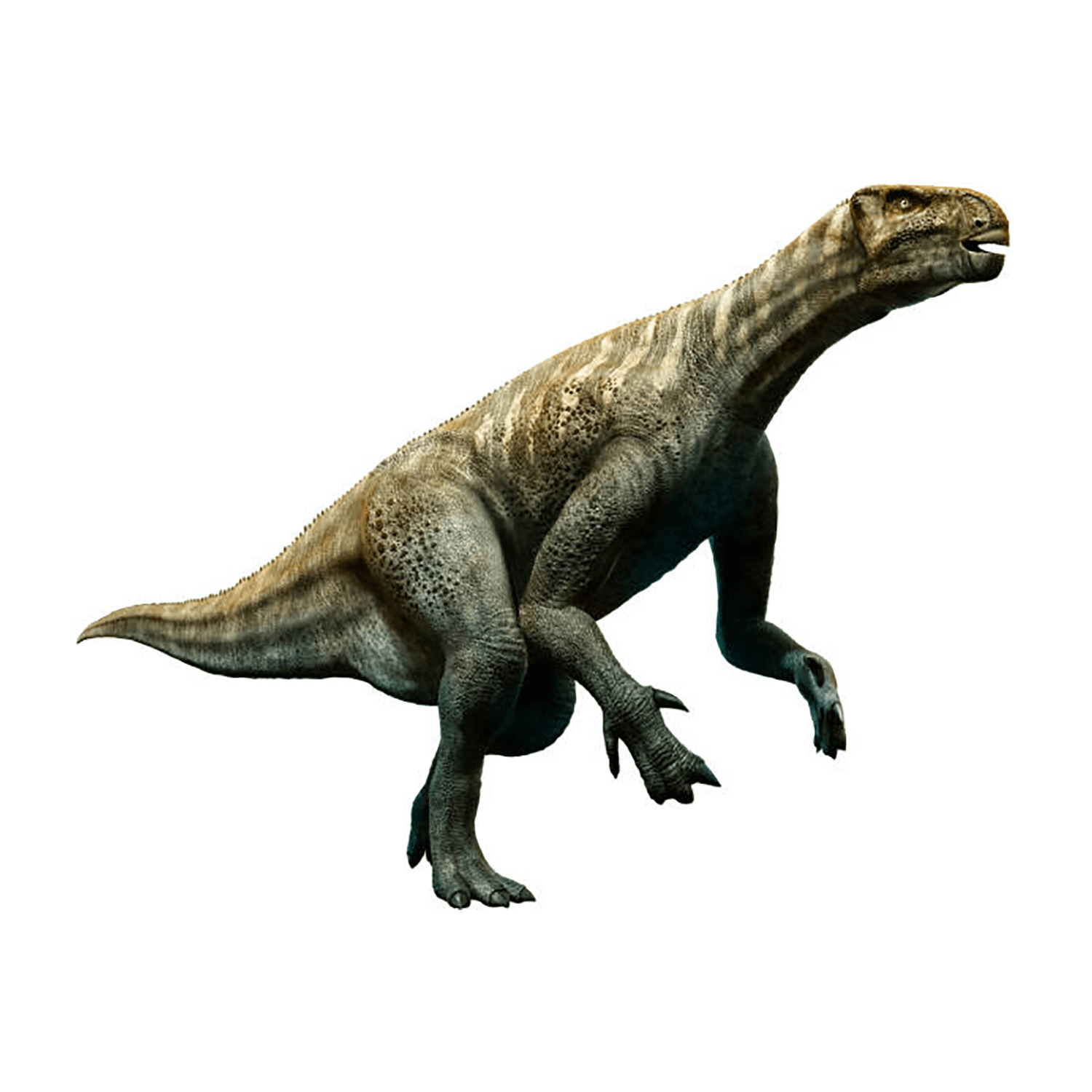
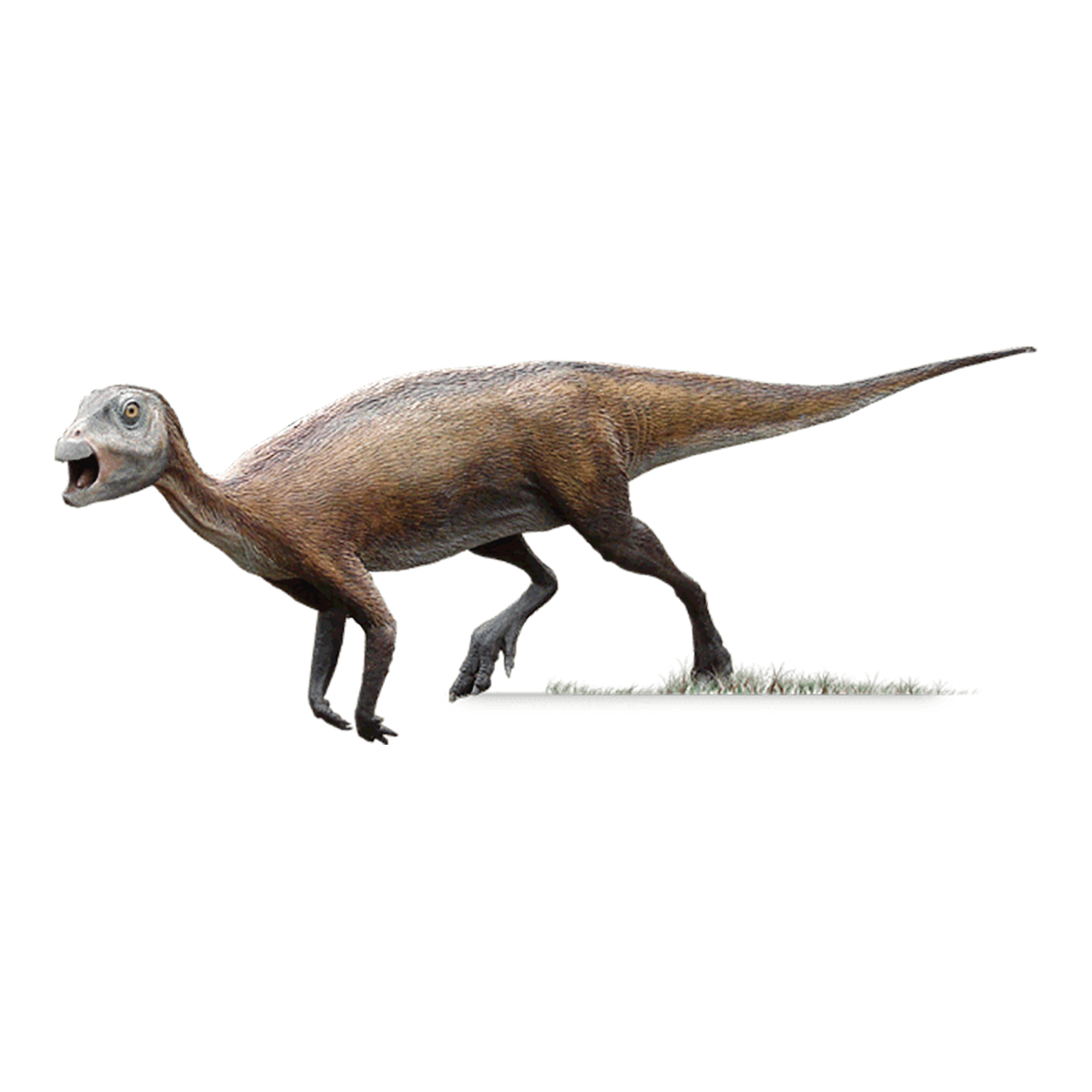


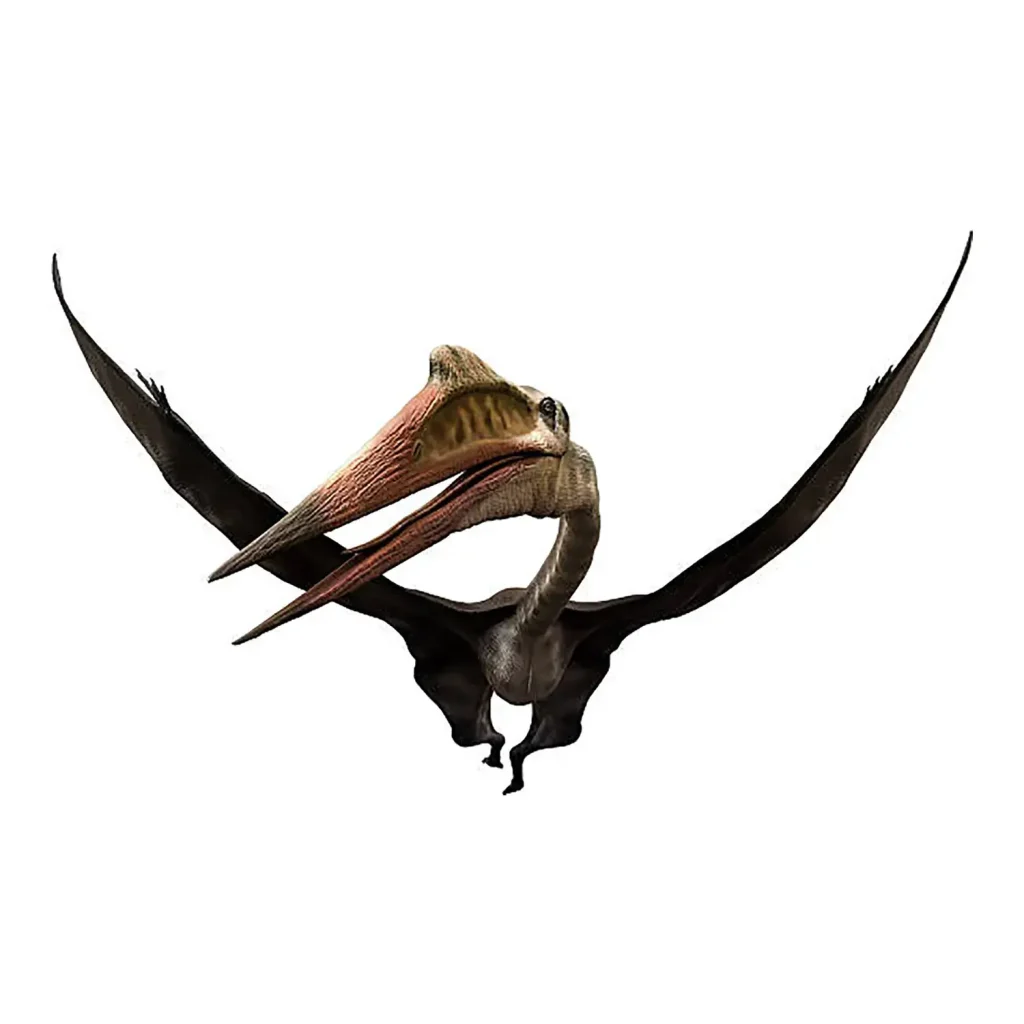
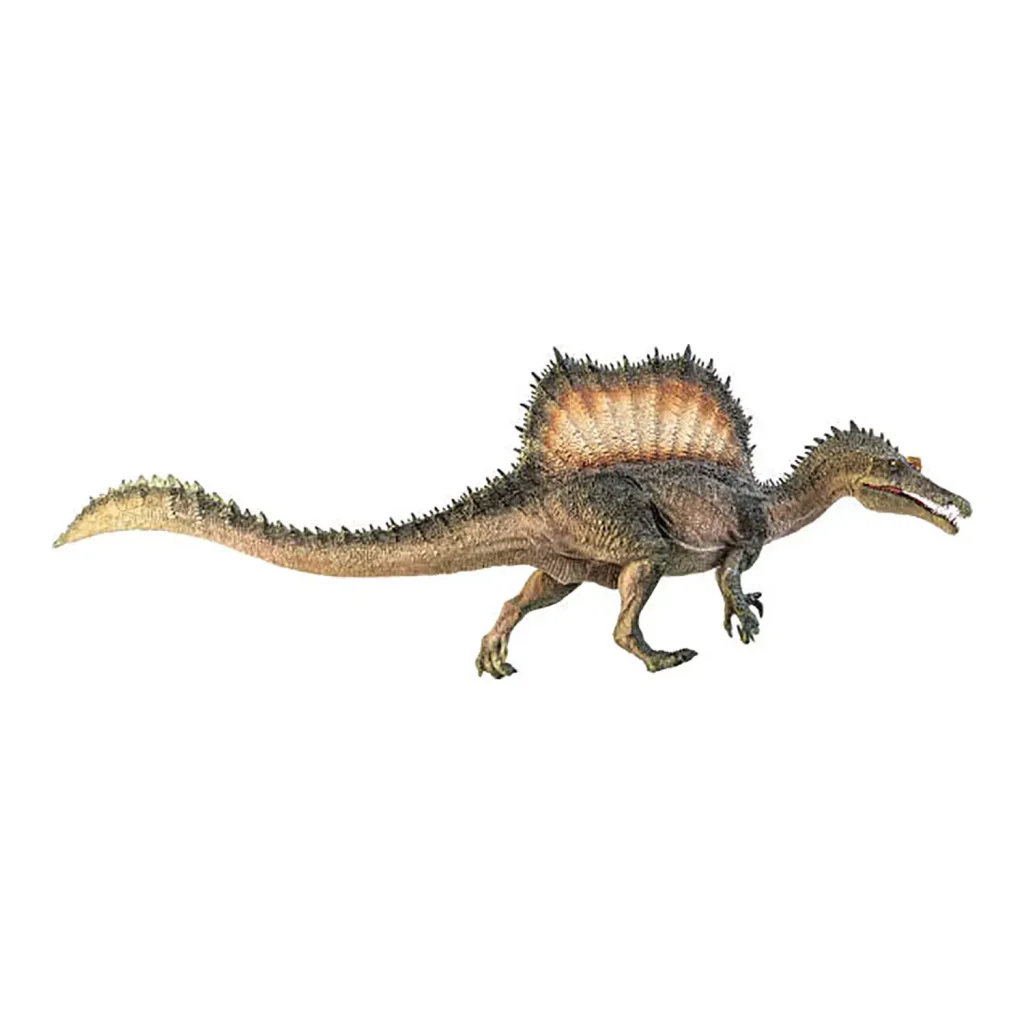
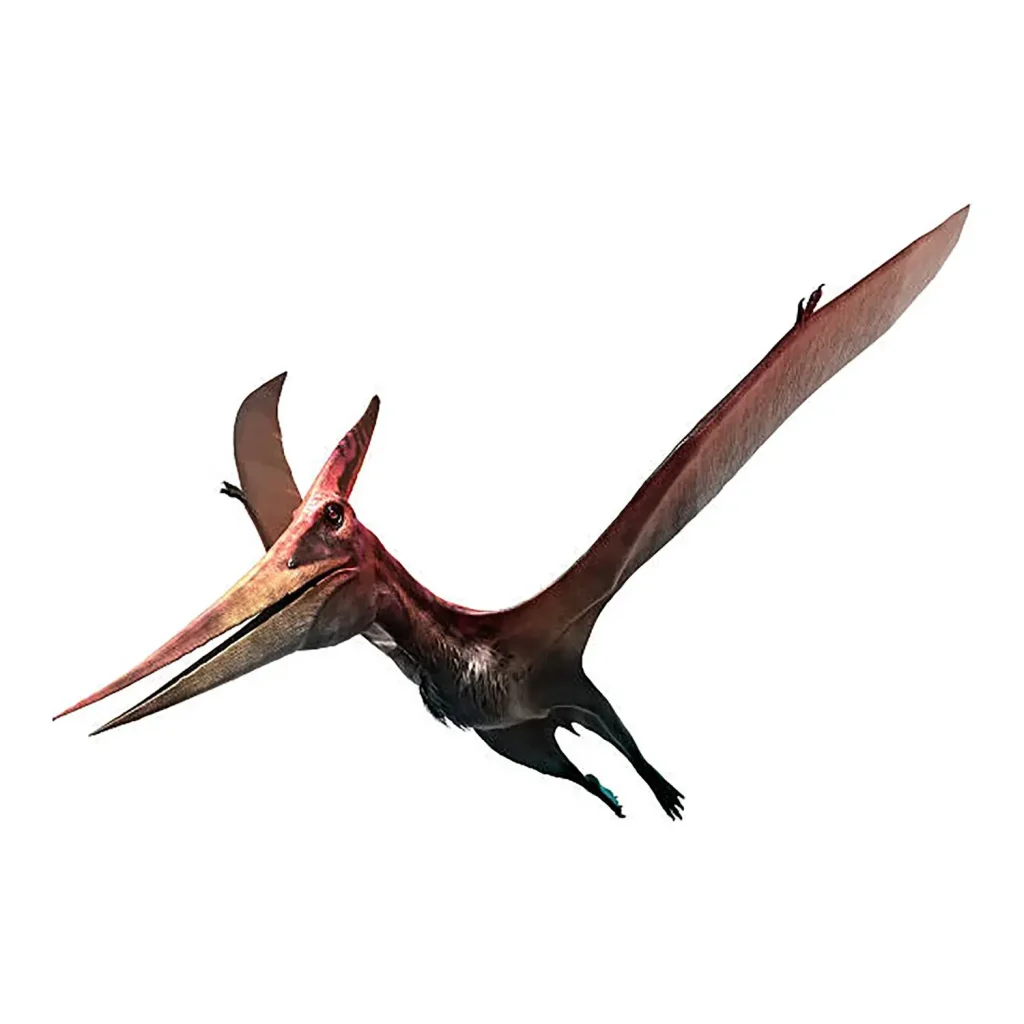







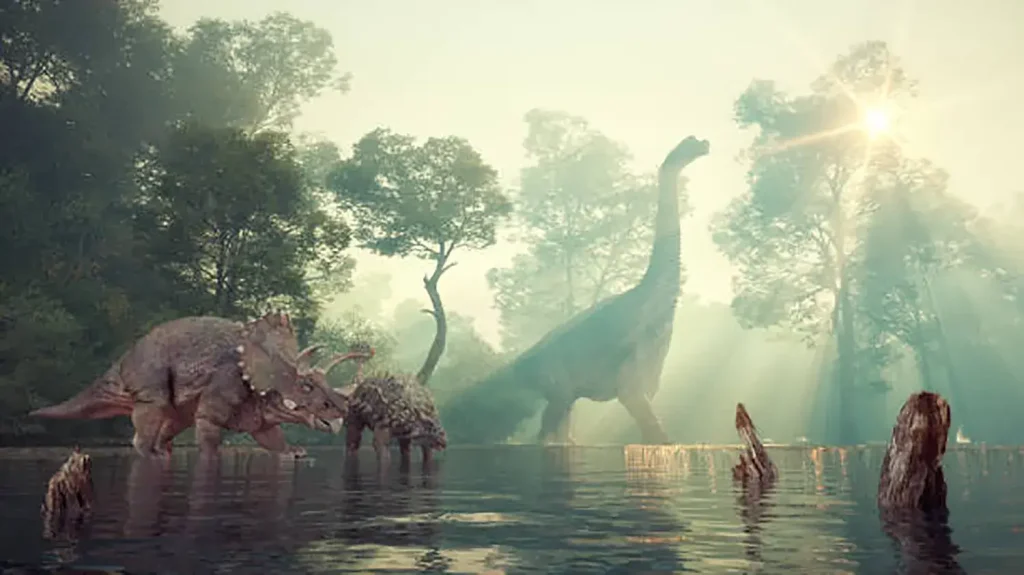
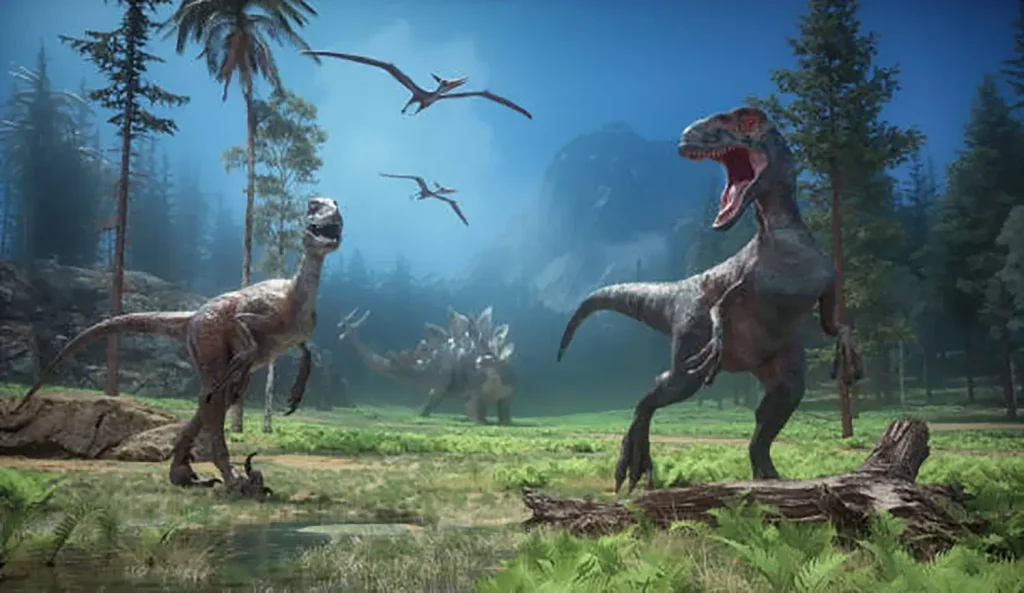
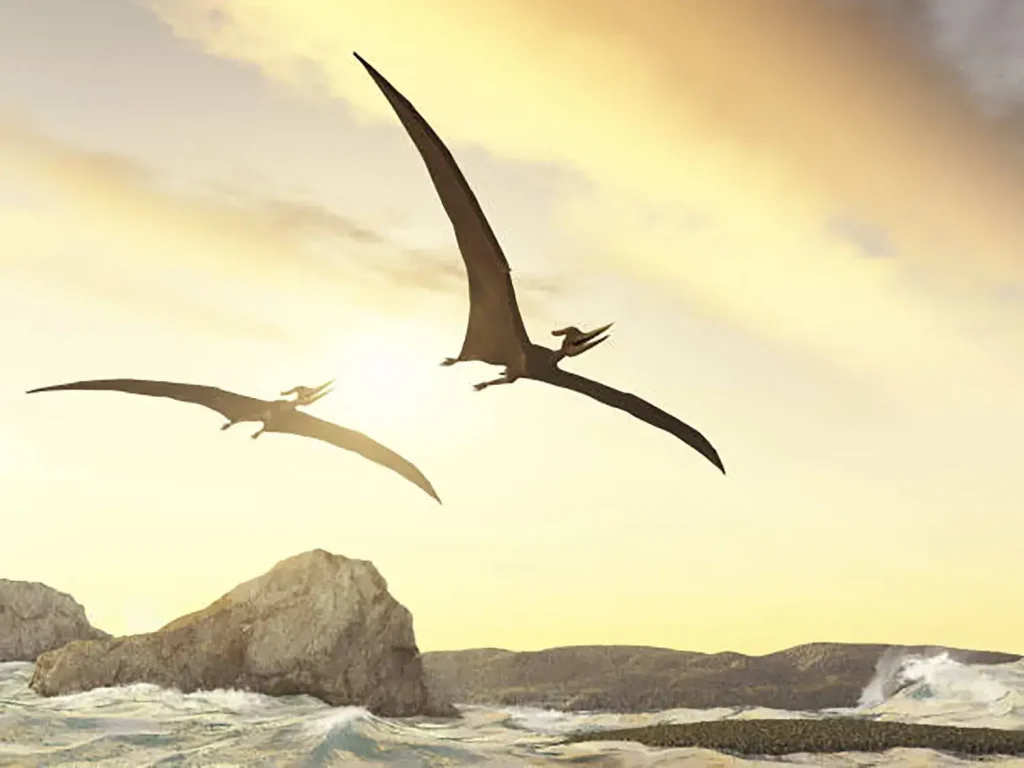
Description
Edmontosaurus was a hadrosaur that lived during the Late Cretaceous period. With a skull over 1 meter long, it could reach a total length of 13 meters and up to 15 meters in the largest individuals.
While Tyrannosaurus and Triceratops thrived for only about 2 million years, Edmontosaurus survived for a long period of 7 million years.
This makes it one of the longest-surviving dinosaur species of all time.
Extraordinary Abilities Hidden in a Plain Appearance
Edmontosaurus is often seen as a “plain dinosaur” because it lacked flashy weapons like crests or horns.
However, its greatest weapon was its mouth.
A special dental structure called a “dental battery” was essential for its survival.
This dinosaur, with a skull over 1 meter long, had more than 700 diamond-shaped teeth arranged in 3 to 4 vertical rows.
These teeth were constantly replaced as they wore down from chewing plants, with the total number of teeth in its lifetime estimated to have exceeded 10,000.
This tightly packed row of small teeth worked like a “grater,” allowing them to eat hard plants without any problem.
They also had a hard, horny beak that covered their wide snout, which was used to efficiently pluck leaves from plants.
Considering the existence of the largest known individual, “X-REX,” which is said to have reached 15 meters in length and 10 tons in weight, their overwhelming size may have been another one of their greatest weapons.
Life in Herds and a History of Success
Edmontosaurus was the most common ornithopod in Late Cretaceous North America, boasting a massive population right up until its extinction.
They coexisted and thrived alongside crested groups like Corythosaurus during the same period.
It is believed that they lived in herds.
By acting as a group, they could protect themselves from predators and increase their chances of survival as a species.
The discovery of many fossils with what appear to be bite marks from Tyrannosaurus suggests they were a prime target for large carnivorous dinosaurs. However, by working together in a group, they managed to defend their lives.
The Truth Told by Valuable Fossils
Fossils of Edmontosaurus have been found not only as complete skeletons but also as skin impressions and even mummified remains, making them an extremely valuable source of information for studying dinosaur ecology.
These specimens teach us that they were covered in scales and reveal details about their body structure.
Despite its plain appearance, Edmontosaurus was a rare creature that outlived most other dinosaurs and roamed the Earth right up until the day of the extinction.
It became a great dinosaur that symbolized the Cretaceous period, not through flashy features, but through a pragmatic ecology that prioritized the survival of its species.